On this day in 1967
On this day (November 30th) in 1967, South Yemen gained its independence from Britain. Formerly the Colony of Aden, this had been ruled as part of British India from its invasion by the East India Company in 1839 until becoming a British colony in 1937. On 18 January 1963, the colony was reconstituted as the State of Aden within the new Federation of South Arabia. This in turn became the People’s Republic of South Yemen on 30 November 1967, marking the end of British rule. Since then the area has continued to have a chequered history. I haven’t the historical expertise to write coherently upon Britain’s part in the history of this area, nor is it appropriate in this blog to comment upon the ongoing crisis in Yemen other than to deplore its effects upon the ordinary citizens in the country. However, I have found in our Collections some photographs of Aden dating back to the 19th century and thought that on this commemorative day, it might be of interest to share some of them.
The first set of 4 photos are from Photo.04, an album of photographs which are a Record of a Tour in the East (October 1886-June 1887) undertaken by Sir George Granville Leveson Gower and Leonard Shoobridge. The album contains views of Gibraltar, Malta, Aden and Ceylon and was donated to the Royal Asiatic Society by Gower.
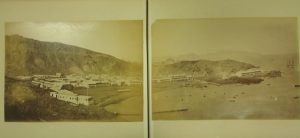
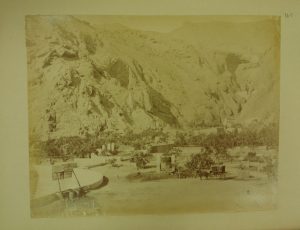
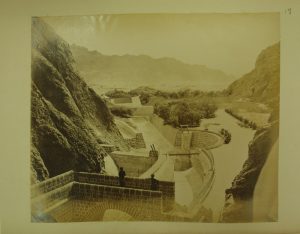
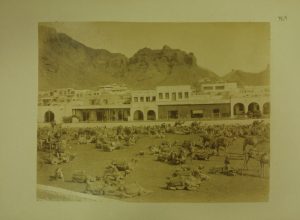
The second set of photos are from Photo.07, a collection of 50 prints entitled “Views on India, Ceylon (Sri Lanka), Aden and North America”. Within this selection are three from Aden:
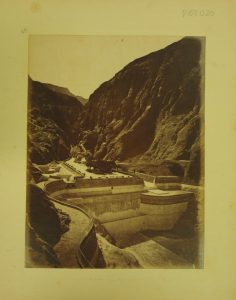
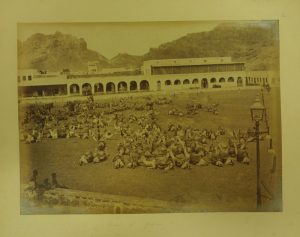
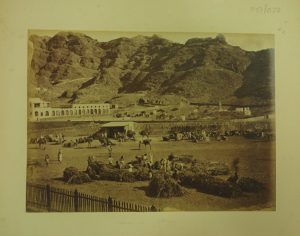
This week’s lecture took us to a different part of Asia. On Tuesday 27th November we explored the Britain-Georgia Connection. Firstly Dr Henry Sanford considered the theme of personalities and the Arts through the life of his aunt, the British-Georgian actress Gayane Mickeladze. Dr Sanford explored the family history in Georgia, her friendship with Sir Oliver Wardrop (British Commissioner in Georgia), her childhood in Crimea, her escape to England via Constantinople, and her subsequent life as an actress in London. Secondly Professor Elguja Khintibidze, Head of the Institute of the History of Georgian Literature at Tbilisi State University, presented connections between Elizabethan theatre and the great Georgian national 12th century epic by Shota Rustaveli. Professor Khintibidze’s book on this topic, Medieval Georgian Romance “The Man in a Panther-Skin” & Shakespeare’s Late Plays, was translated into English in 2018.
Our next lecture will be on Tuesday 11th December when Professor Ian Gow from the University of Edinburgh will talk on “The Scottish Sinologist Alexander Wylie (1815-1887): Missionary, Man of Letters, Mathematician”. This will be followed on Thursday 13th December with a lecture by Dr Alexandra Green (British Museum) on “Sir Stamford Raffles: Civilised Views of Java”. We hope that many of you will be able to join us for these events.
